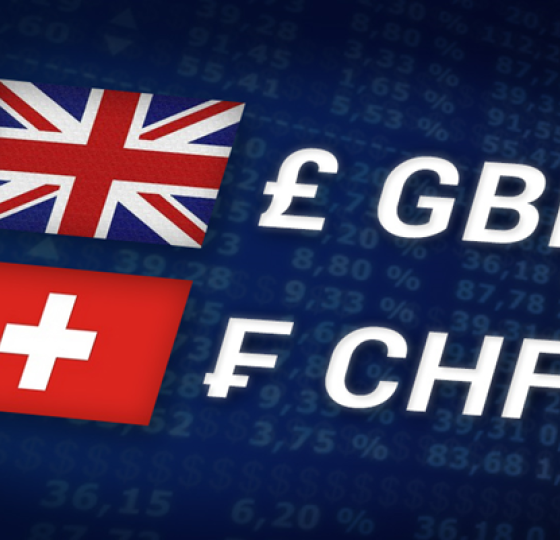
Risk appetite flickered back into life in financial markets on Tuesday with the dollar and European and Japanese shares rising while safe-haven bonds, the yen and gold all took a step back.The dollar rose to its highest since January against the yen and the euro sank to a one-year low against the greenback as another drop in euro zone producer prices heightened speculation about what the ECB will do when it meets on Thursday.
With U.S. markets closed for Labor Day, investors in Asia had been somewhat subdued, but the mood in Europe seemed brighter as trading settled into a rhythm.
Britain's FTSE .FTSE, Germany's DAX .GDAXI and France's CAC 40 .FCHI were up 0.3, 0.8 and 0.4 percent respectively to lift the pan-regional FTSEurofirst 300 .FTEU3 back towards a 6 1/2-year high. Even shares in Moscow .IRTS steadied after three straight days of falls.
Bond markets have been one of the big beneficiaries of expectations the ECB will loosen policy to revive the euro zone's flagging economy, and traders cashed in some of those gains before Thursday's meeting.
Dovish comments by ECB President Mario Draghi late last month led to bets the central bank is preparing to pump more liquidity into the system, possibly via purchases of government or corporate bonds, a measure known as quantitative easing (QE).
Sources from at ECB told media last week new action at its meeting this Thursday was unlikely but not impossible, and the barrier to QE was still "very high".
With U.S. markets preparing to reopen after the long weekend, focus was on the ISM's report on U.S. manufacturing due later in the day, which might suggest the U.S. is ready to phase out quantitative easing just as the ECB considers adopting it. Futures prices pointed to Wall Street opening up around 0.3 percent ESc1.
In commodities, Brent crude held steady below $103 a barrel on Tuesday, with unrest in OPEC oil producer Libya balanced by concern demand for oil will slow as economic recoveries in China and Europe weaken.







